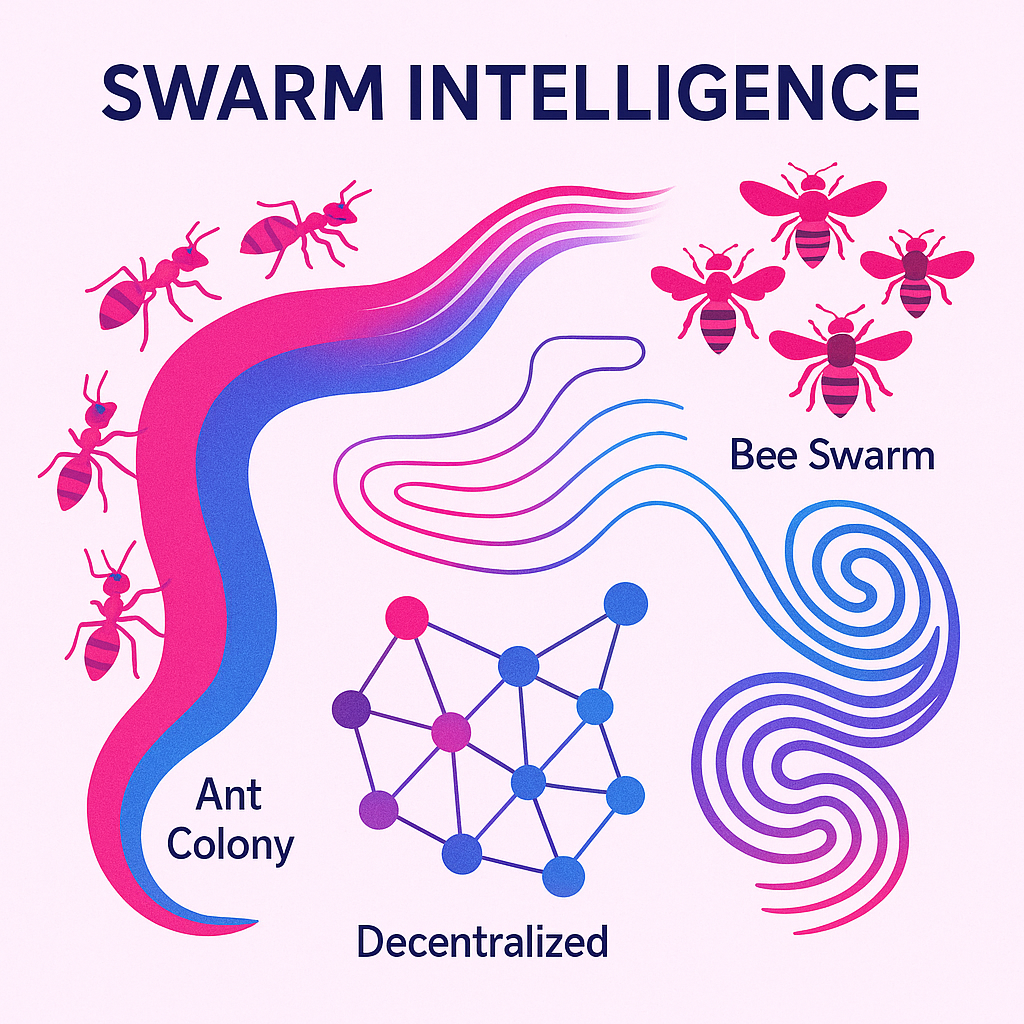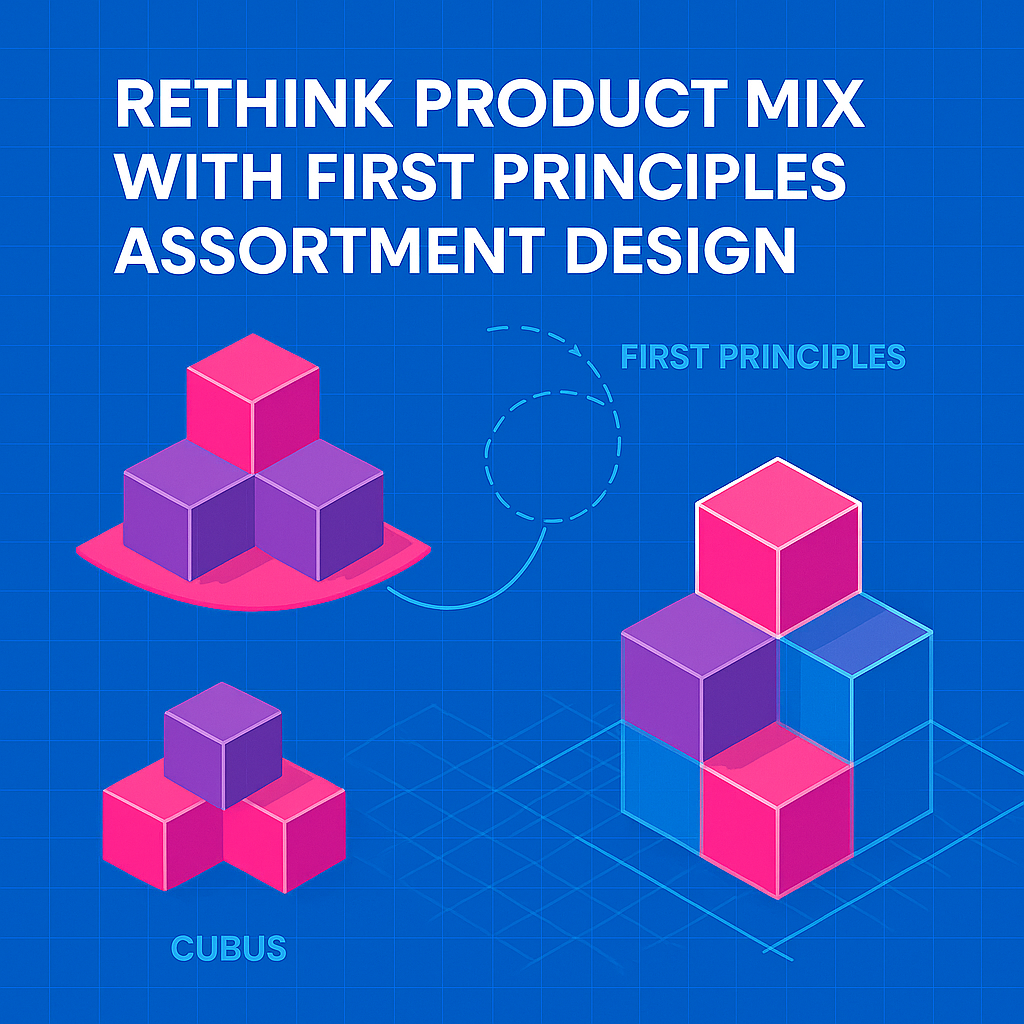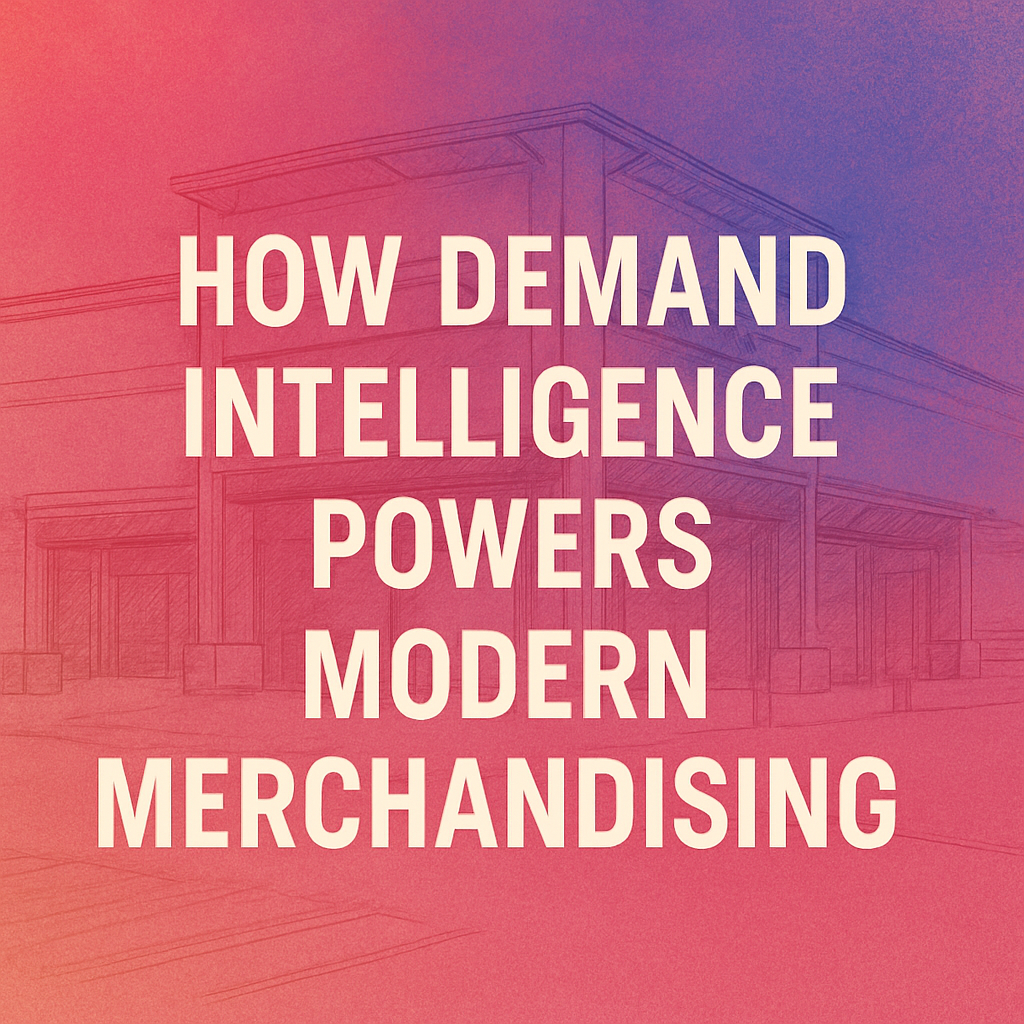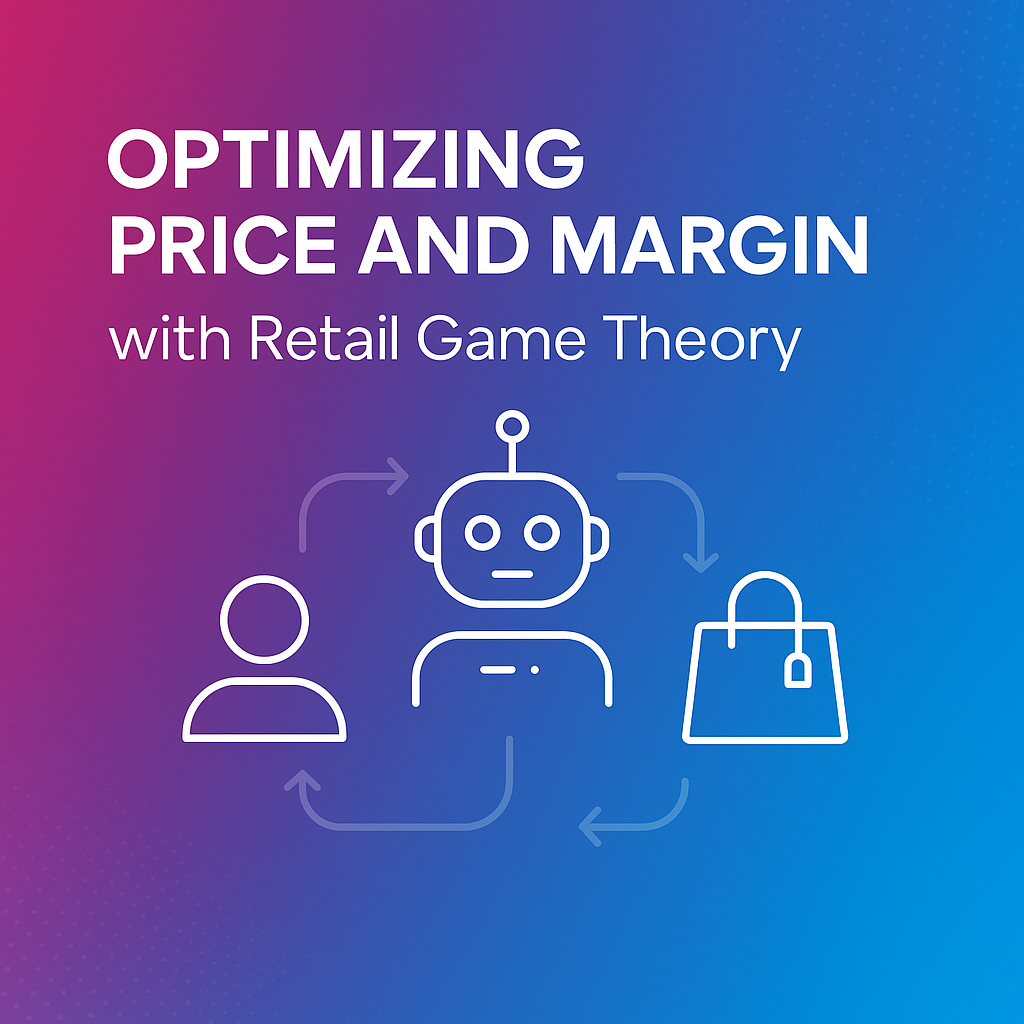Swarm-Based Pricing Optimization for Agile Retail Strategy

In today’s hyper-dynamic retail environment, centralized pricing systems are struggling to keep pace with real-time market shifts. Instead of relying on rigid, top-down pricing models, forward-thinking retailers are embracing swarm-based pricing optimization,a decentralized, adaptive approach inspired by the collective intelligence of natural systems like starling murmurations. This strategy empowers localized AI agents to make real-time pricing decisions based on immediate data signals, enabling agility, resilience, and responsiveness at scale.
This article explores how swarm-based pricing optimization transforms retail pricing strategies, addresses the limitations of centralized systems, and provides a blueprint for implementation in modern retail operations.
The Limitations of Centralized Pricing Algorithms
Traditional pricing systems rely on centralized algorithms that process historical data and push updates across the enterprise. While this model worked in slower, more predictable retail environments, it falters under today’s conditions:
– Competitors change prices multiple times per day.
– Consumer demand shifts rapidly due to social media, weather, or events.
– Supply chain disruptions require immediate pricing adjustments to manage inventory.
These centralized systems often suffer from:
1. Latency: Price updates are delayed due to data processing cycles.
2. Brittleness: A single point of failure can halt pricing updates across all channels.
3. Coordination Overhead: Integrating new data sources or decision types becomes exponentially complex.
These issues lead to pricing algorithm failures that cost retailers millions in lost revenue and customer trust.
Why Swarm Intelligence Works for Retail Pricing
Swarm intelligence refers to the collective behavior of decentralized, self-organized systems,like bird flocks or ant colonies,where local interactions create intelligent global outcomes. In retail, this translates to decentralized pricing strategy models where autonomous agents make localized decisions based on shared objectives and real-time data.
Swarm-based pricing optimization follows three core principles:
– Separation: Each pricing agent operates within a defined scope (e.g., product category or region).
– Alignment: Agents share common goals, such as maintaining margin thresholds or competitiveness.
– Cohesion: Agents stay connected through shared data environments, ensuring system-wide harmony.
This structure enables adaptive pricing systems that respond to local conditions while maintaining enterprise-wide consistency.
Real-Time Price Optimization in Action
A leading European lifestyle retailer, transitioned from a weekly centralized pricing model to a decentralized system of autonomous pricing agents. Each agent monitors competitor prices, inventory levels, and sales velocity in real time. Instead of waiting for a central directive, agents adjust prices continuously using simple rules:
– Maintain competitive separation.
– Align with category pricing trends.
– Stay within acceptable margin bands.
The result: achieved real-time price optimization, reducing reaction time from days to hours and improving price competitiveness across categories.
Benefits of Swarm-Based Pricing Optimization
Retailers implementing swarm-based pricing optimization report measurable improvements across key performance indicators:
1. Faster Response to Market Changes
– Pricing agents can react to competitor moves or demand spikes within minutes.
– Retailers capture revenue opportunities before competitors respond.
2. Increased System Resilience
– Localized agents continue operating even if others fail.
– No single point of failure disrupts pricing across the enterprise.
3. Reduced Coordination Complexity
– Agents coordinate through shared data layers, not direct API calls.
– New pricing agents can be added without reengineering the system.
4. Enhanced Margin Management
– Agents optimize for both volume and profitability based on real-time signals.
– Dynamic pricing models adjust to maximize margin under changing conditions.
5. Scalability
– The system grows organically by adding more agents.
– No need to expand central processing capacity.
How to Implement a Decentralized Pricing Strategy
Transitioning to swarm-based pricing optimization requires a phased, strategic approach:
1. Identify a Pilot Domain
– Start with a product category or region where pricing decisions are frequent and reversible.
– Dynamic pricing for seasonal or fast-moving items is ideal.
2. Define Agent Objectives and Constraints
– Set clear goals (e.g., maintain margin, match competitor prices).
– Establish guardrails (e.g., no pricing below cost, rate limits on changes).
3. Deploy Autonomous Pricing Agents
– Equip agents with access to local data: competitor prices, inventory, sales velocity.
– Use reinforcement learning or rule-based logic for decision-making.
4. Build Shared Data Layers
– Create a common environment where agents can observe system-wide signals.
– Avoid direct communication between agents to reduce integration complexity.
5. Monitor and Measure System Outcomes
– Track KPIs like price competitiveness, margin improvement, and reaction time.
– Focus on system-level performance, not individual agent perfection.
6. Scale Gradually
– Expand to more categories, regions, or channels.
– Introduce new agent types (e.g., promotion agents, inventory agents) to create a full swarm ecosystem.
Common Mistakes to Avoid
1. Overengineering Agents
– Simplicity is key. Agents should follow a few clear rules, not complex logic trees.
2. Ignoring Governance
– Define constitutional rules that all agents must follow to prevent rogue behavior.
3. Failing to Align Objectives
– Without shared goals, agents may optimize locally but harm global performance.
4. Underestimating Organizational Change
– Swarm systems require flatter structures and decentralized decision-making authority.
5. Treating It as a Tech-Only Project
– Success depends on organizational mindset, not just technical deployment.
Real-World Success Stories
A Fortune 100 General Merchandise Retaiuler deployed store-level pricing agents to respond to local demand spikes. These agents adjusted prices and triggered replenishment autonomously, reducing out-of-stock events by 30% and improving disruption recovery time by 40%.
By replacing centralized pricing with decentralized agents, reduced pricing latency and improved competitiveness in fast-moving fashion categories.
A global D2C platform offers distributed AI agents for pricing, and inventory. Merchants using these agents report 25% higher order values and 19% lower return rates.
Future Trends in Swarm Intelligence Retail
As AI in retail pricing continues to evolve, expect the following trends:
– Increased use of reinforcement learning for agent training.
– Integration of real-time consumer sentiment from social media into pricing decisions.
– Expansion of swarm-based systems to other functions like promotions and assortment planning.
– Greater use of edge computing to enable real-time decisions at the store level.
Refer our earlier blog on Retail Intelligence Systems
Conclusion
Swarm-based pricing optimization is more than a technical innovation,it’s a strategic shift in how retailers manage complexity, volatility, and scale. By decentralizing pricing decisions and empowering autonomous agents, retailers can respond faster, operate more resiliently, and outperform competitors still relying on centralized systems.
The murmuration has no leader, yet it moves with grace and precision. Your pricing strategy can too,if you let go of the master plan and embrace the swarm.
Key Takeaways
– Swarm-based pricing optimization enables real-time, localized pricing decisions.
– Decentralized pricing strategy improves agility, resilience, and scalability.
– Autonomous agents coordinate through shared data, not central control.
– Retailers like A Fortune 100 General Merchandise Retaiuler and have seen measurable performance gains.
– Implementation requires clear objectives, governance rules, and organizational alignment.
Frequently Asked Questions
Q1: What is swarm-based pricing optimization?
A1: Swarm-based pricing optimization is a decentralized approach where autonomous AI agents make localized pricing decisions based on real-time data, inspired by swarm intelligence in nature.
Q2: How does it differ from traditional pricing models?
A2: Traditional models rely on centralized algorithms and batch updates, while swarm-based systems use local agents that respond instantly to market signals.
Q3: What are the benefits of decentralized pricing strategy?
A3: Benefits include faster response times, improved system resilience, reduced coordination complexity, and better margin management.
Q4: Can swarm-based pricing work for all retail categories?
A4: It’s most effective in fast-moving, high-velocity categories but can be adapted for broader use with proper governance and data infrastructure.
Q5: What companies are using adaptive pricing systems?
A5: A Fortune 100 General Merchandise Retaiuler, , and Shopify are notable examples of retailers using decentralized, adaptive pricing systems.
Q6: How do agents coordinate without a central controller?
A6: Agents use shared data layers (stigmergy) to observe system conditions and make decisions, reducing the need for direct communication.
Q7: What skills are needed to implement swarm intelligence retail systems?
A7: Teams need expertise in systems thinking, AI agent design, and decentralized architecture, along with organizational support for distributed decision-making.



